Amber with Insects for Sale – Fossil Amber Guaranteed Real
Amber with Insects Inclusion – Nature’s Time Capsule
Amber with insects inclusion is one of the most fascinating natural gemstones. Formed millions of years ago, this fossilized tree resin often preserves ancient insects, plants, as well as organic material in stunning detail. In addition each piece is a unique snapshot of prehistoric life, making it highly prized by collectors, jewelers, and nature enthusiasts. Finally, each specimen is guaranteed to be authentic amber.
Showing 1–50 of 95 resultsSorted by price: high to low
-
Sold out!
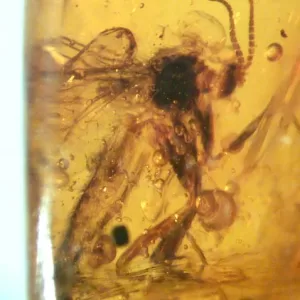
Amber with Insects for Sale #150
$30.00 -
Sold out!
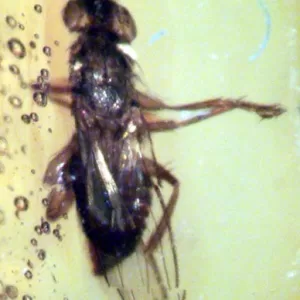
Amber with Insects for Sale #149
$30.00 -
Sold out!
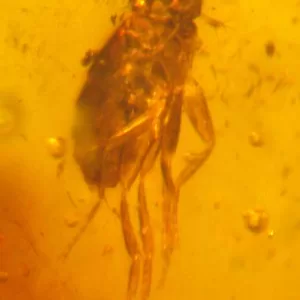
Amber with Insects for Sale #148
$30.00 -
Sold out!
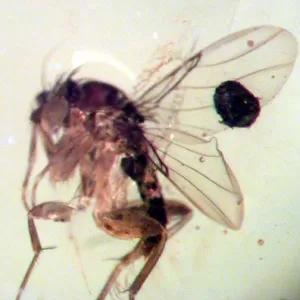
Amber with Insects for Sale #147
$30.00 -
Sold out!
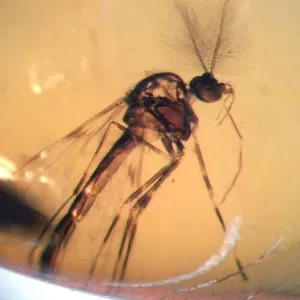
Amber with Insects for Sale #146
$30.00 -
Sold out!
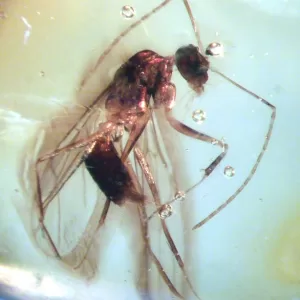
Amber with Insects for Sale #145
$30.00 -
Sold out!
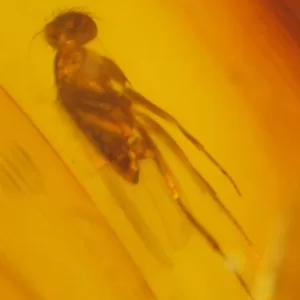
Amber with Insects for Sale #144
$30.00 -
Sold out!
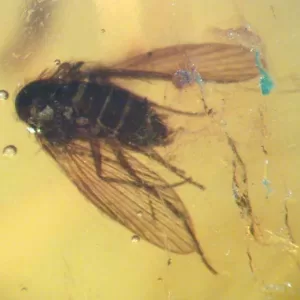
Amber with Insects for Sale #138
$30.00 -
Sold out!
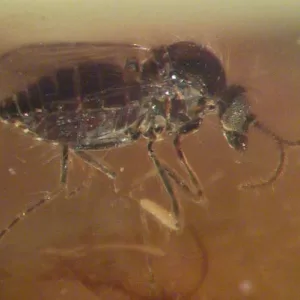
Amber with Insects for Sale #137
$30.00 -
Sold out!
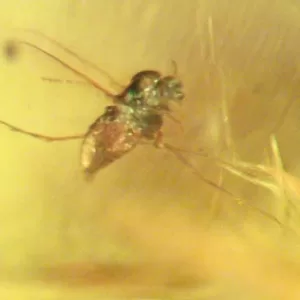
Amber with Insects for Sale #136
$30.00 -
Sold out!
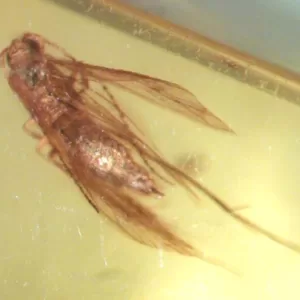
Amber with Insects for Sale #135
$30.00 -
Sold out!
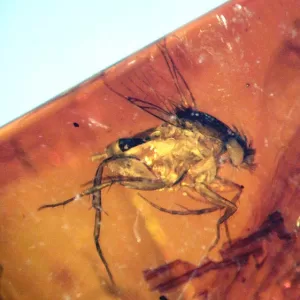
Amber with Insects for Sale #134
$30.00 -
Sold out!
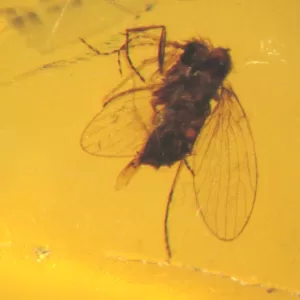
Amber with Insects for Sale #133
$30.00 -
Sold out!
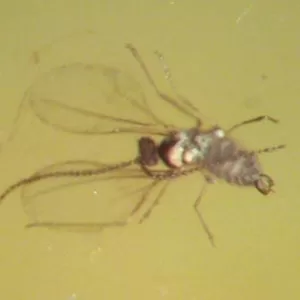
Amber with Insects for Sale #131
$30.00 -
Sold out!
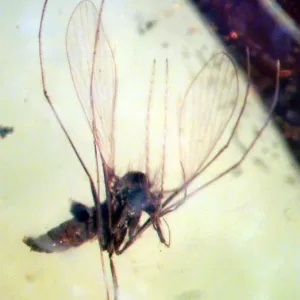
Amber with Insects for Sale #130
$30.00 -
Sold out!
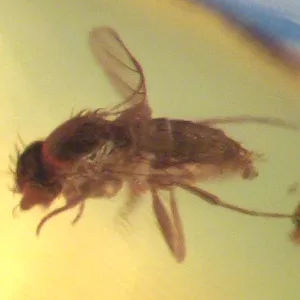
Amber with Insects for Sale #129
$30.00 -
Sold out!
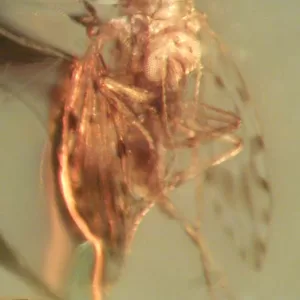
Amber with Insects for Sale #128
$30.00 -
Sold out!
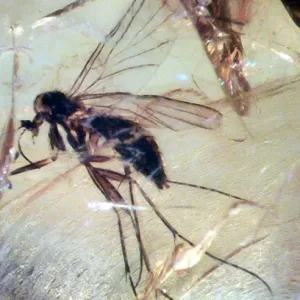
Amber with Insects for Sale #127
$30.00 -
Sold out!
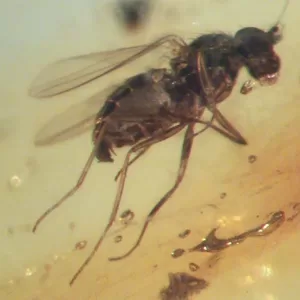
Amber with Insects for Sale #126
$30.00 -
Sold out!
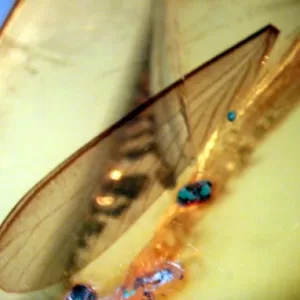
Amber with Insects for Sale #125
$30.00 -
Sold out!
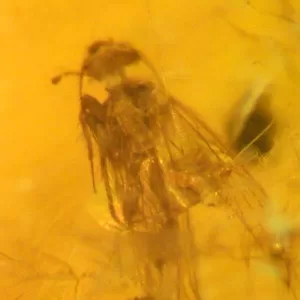
Amber with Insects for Sale #124
$30.00 -
Sold out!
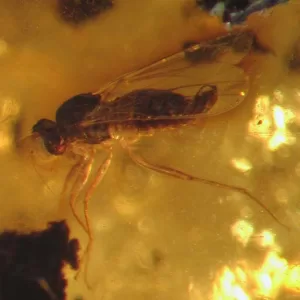
Amber with Insects for Sale #123
$30.00 -
Sold out!
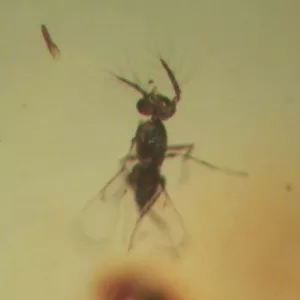
Amber with Insects for Sale #120
$30.00 -
Sold out!
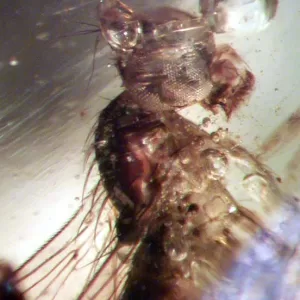
Amber with Insects for Sale #105
$30.00 -
Sold out!
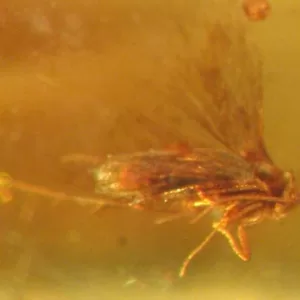
Amber with Insects for Sale #103
$30.00 -
Sold out!
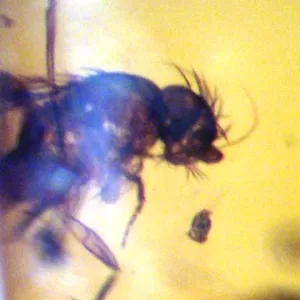
Amber with Insects for Sale #99
$30.00 -
Sold out!
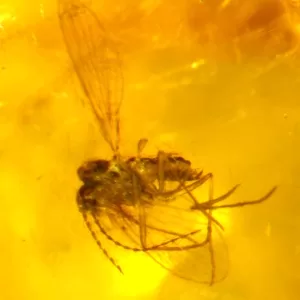
Amber with Insects for Sale #97
$30.00 -
Sold out!
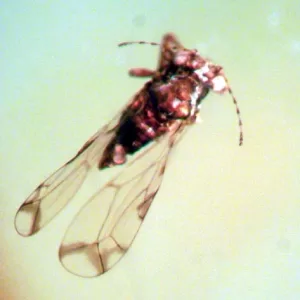
Amber with Insects for Sale #96
$30.00 -
Sold out!
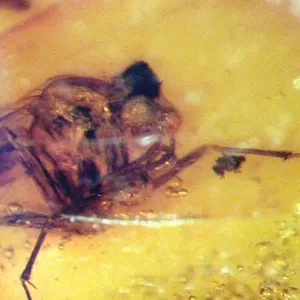
Amber with Insects for Sale #95
$30.00 -
Sold out!
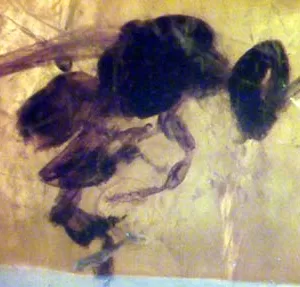
Amber with Insects for Sale #94
$30.00 -
Sold out!
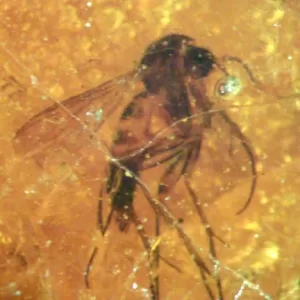
Amber with Insects for Sale #93
$30.00 -
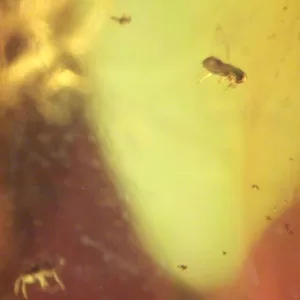
Amber with Insects for Sale #92
$30.00 -
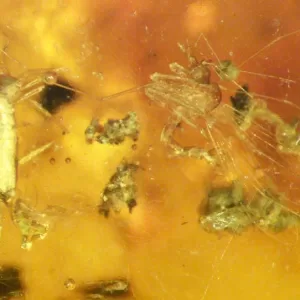
Amber with Insects for Sale #91
$30.00 -
Sold out!
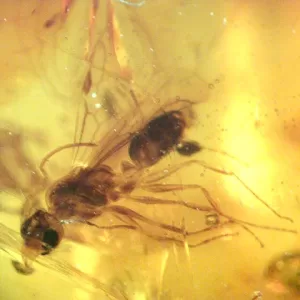
Amber with Insects for Sale #89
$30.00 -
Sold out!
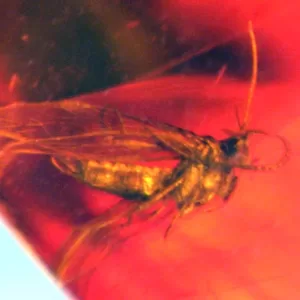
Amber with Insects for Sale #86
$30.00 -
Sold out!
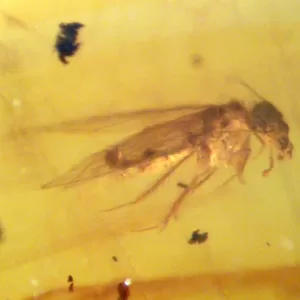
Amber with Insects for Sale #85
$30.00 -
Sold out!
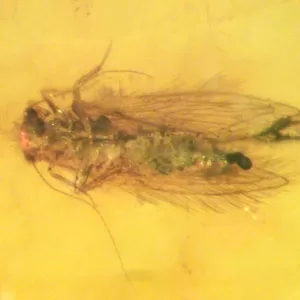
Amber with Insects for Sale #84
$30.00 -
Sold out!
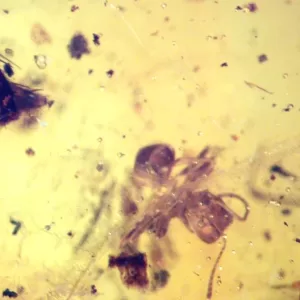
Amber with Insects for Sale #82
$30.00 -
Sold out!
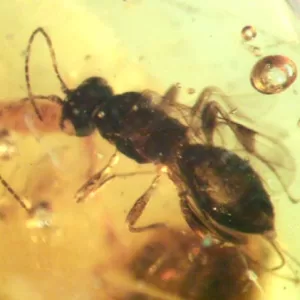
Amber with Insects for Sale #81
$30.00 -
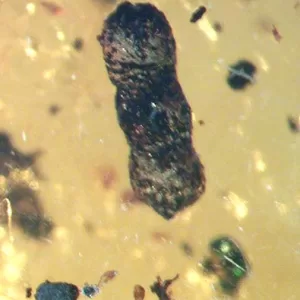
Amber with Insects for Sale #80
$30.00 -
Sold out!
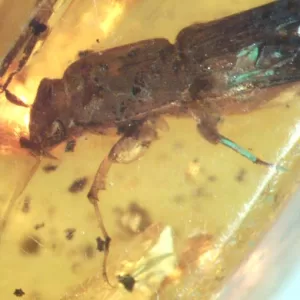
Amber with Insects for Sale #78
$30.00 -
Sold out!
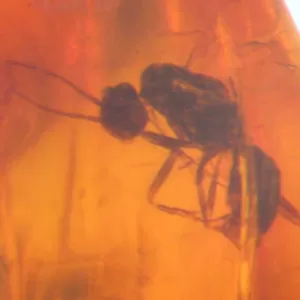
Amber with Insects for Sale #77
$30.00 -
Sold out!
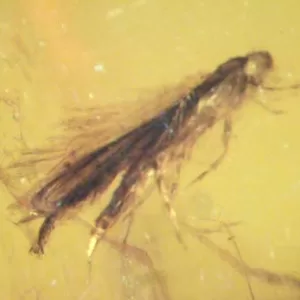
Amber with Insects for Sale #76
$30.00 -
Sold out!
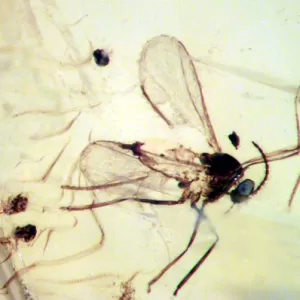
Amber with Insects for Sale #75
$30.00 -
Sold out!
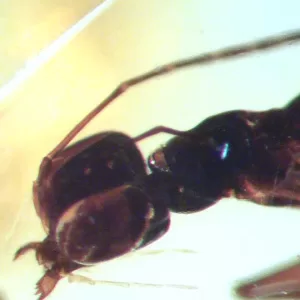
Amber with Insects for Sale #74
$30.00 -
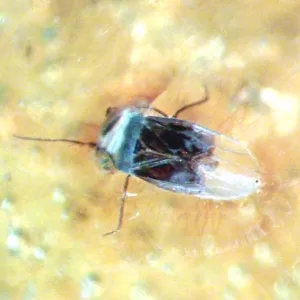
Amber with Insects for Sale #72
$30.00 -
Sold out!
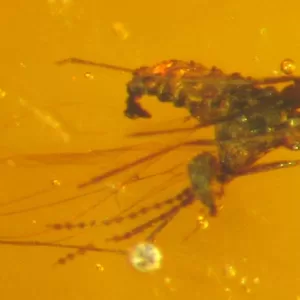
Amber with Insects for Sale #71
$30.00 -
Sold out!
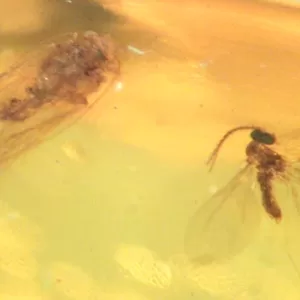
Amber with Insects for Sale #68
$30.00 -
Sold out!
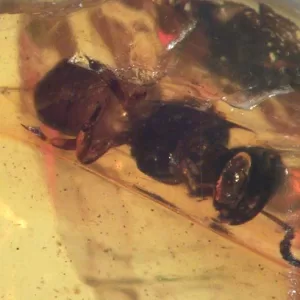
Amber with Insects for Sale #67
$30.00 -
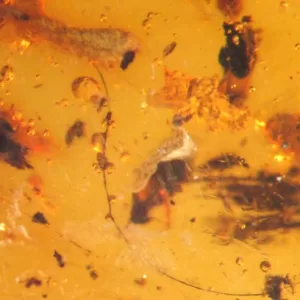
Amber with Insects for Sale #66
$30.00
- Large Selection
- Great Prices and Great Selection
- Authenticity Guaranteed
- Satisfaction Guaranteed
- Your TRUSTED SOURCE SINCE 1997!
- Many more videos are available on our YouTube Channel.
Baltic amber is one of the most famous and historically significant types of amber in the world. Here are the key points:
What Is Baltic Amber
-
Age: About 44–50 million years old (Eocene epoch).
-
Origin: Comes from forests that once stretched across Northern Europe. The resin fossilized over millions of years into amber.
-
Region: Found around the Baltic Sea (Lithuania, Latvia, Estonia, Poland, Russia’s Kaliningrad, and surrounding areas). Kaliningrad alone supplies about 90% of the world’s amber.
Special Features
-
Color Range: Classic golden honey, but also white, green, red, and even rare blue tones.
-
Clarity: Can be transparent, cloudy (“bastard amber”), or opaque depending on trapped air bubbles and inclusions.
-
Inclusions: Baltic amber is especially famous for insects, spiders, small reptiles, plant matter, and even feathers—tiny “time capsules” of ancient ecosystems.
Scientific & Cultural Value
-
Scientific: The inclusions give scientists direct evidence of prehistoric life, ecology, and even DNA traces.
-
Historical Use: Valued as far back as Neolithic times. The Amber Road was an ancient trade route bringing Baltic amber to the Mediterranean.
-
Folklore: Traditionally believed to have healing properties and used in jewelry, amulets, and medicine.
Identification
-
Succinic Acid Content: Baltic amber contains 3–8% succinic acid, which distinguishes it from many other ambers. This is why it’s sometimes called “succinite.”
-
Hardness: 2–2.5 on Mohs scale—soft, warm to the touch, and can be polished easily.
We have the largest selection of amber with insects, Baltic amber is the most sought-after source for collectors and researchers interested in fossil inclusions.

